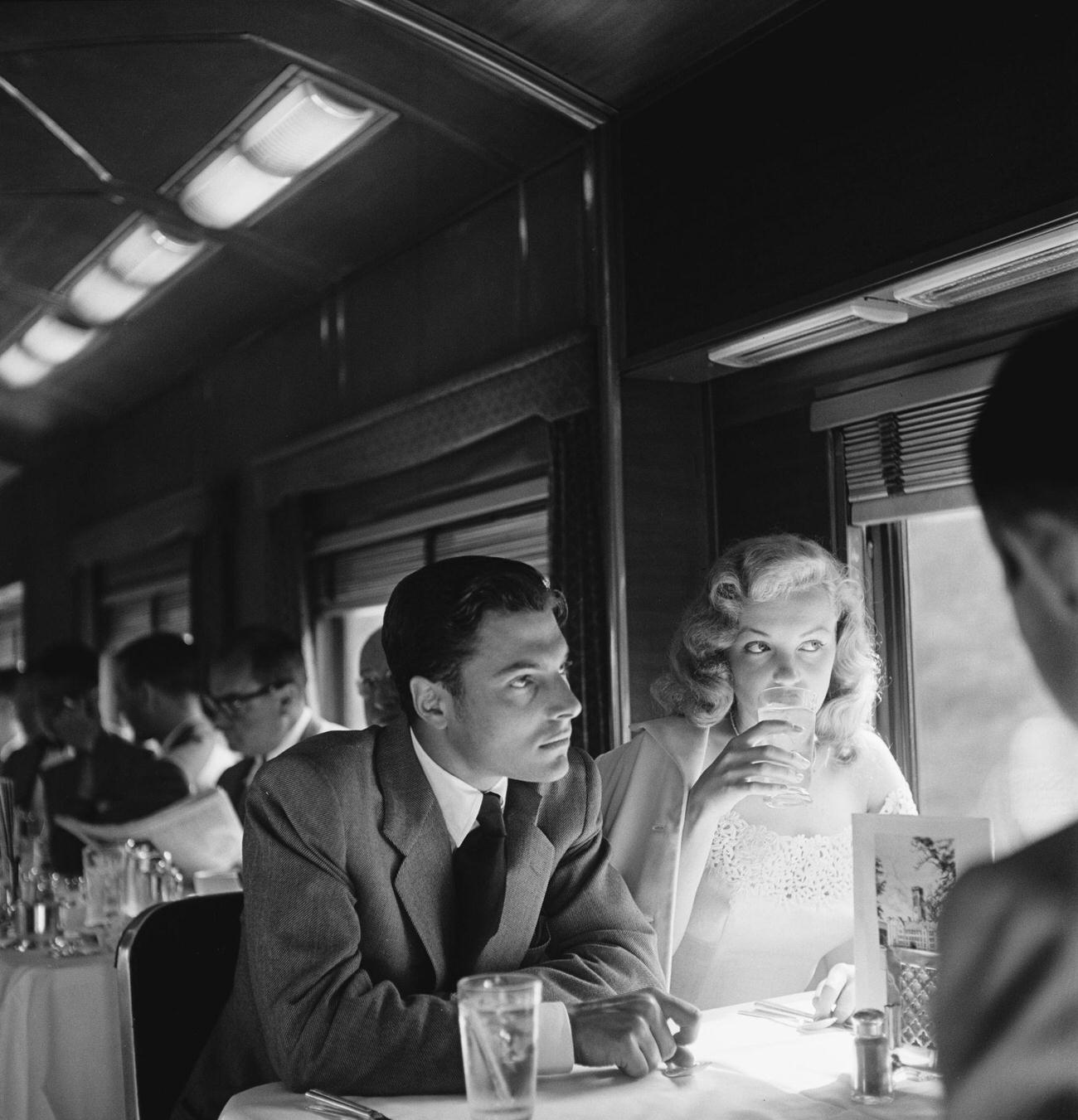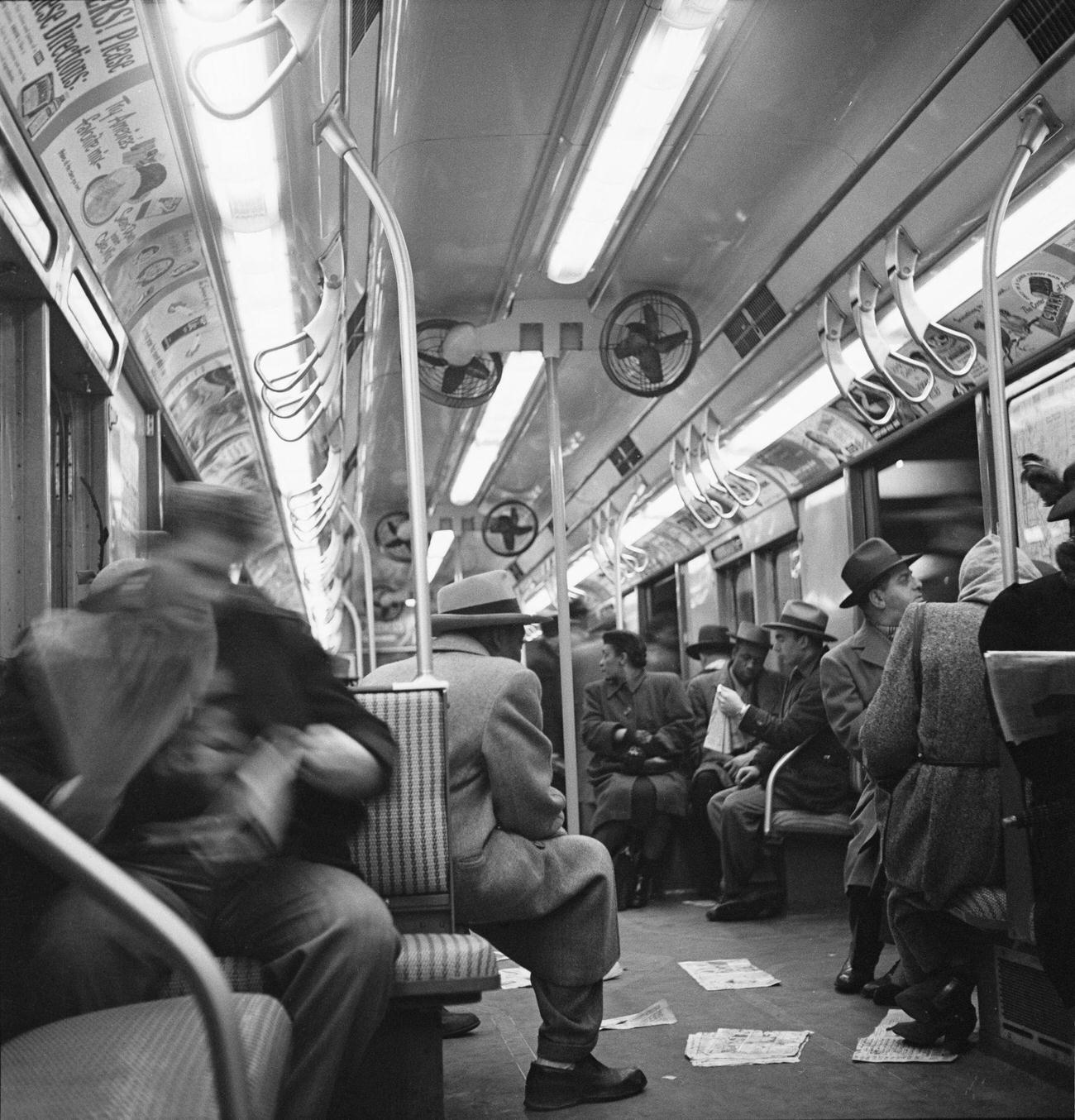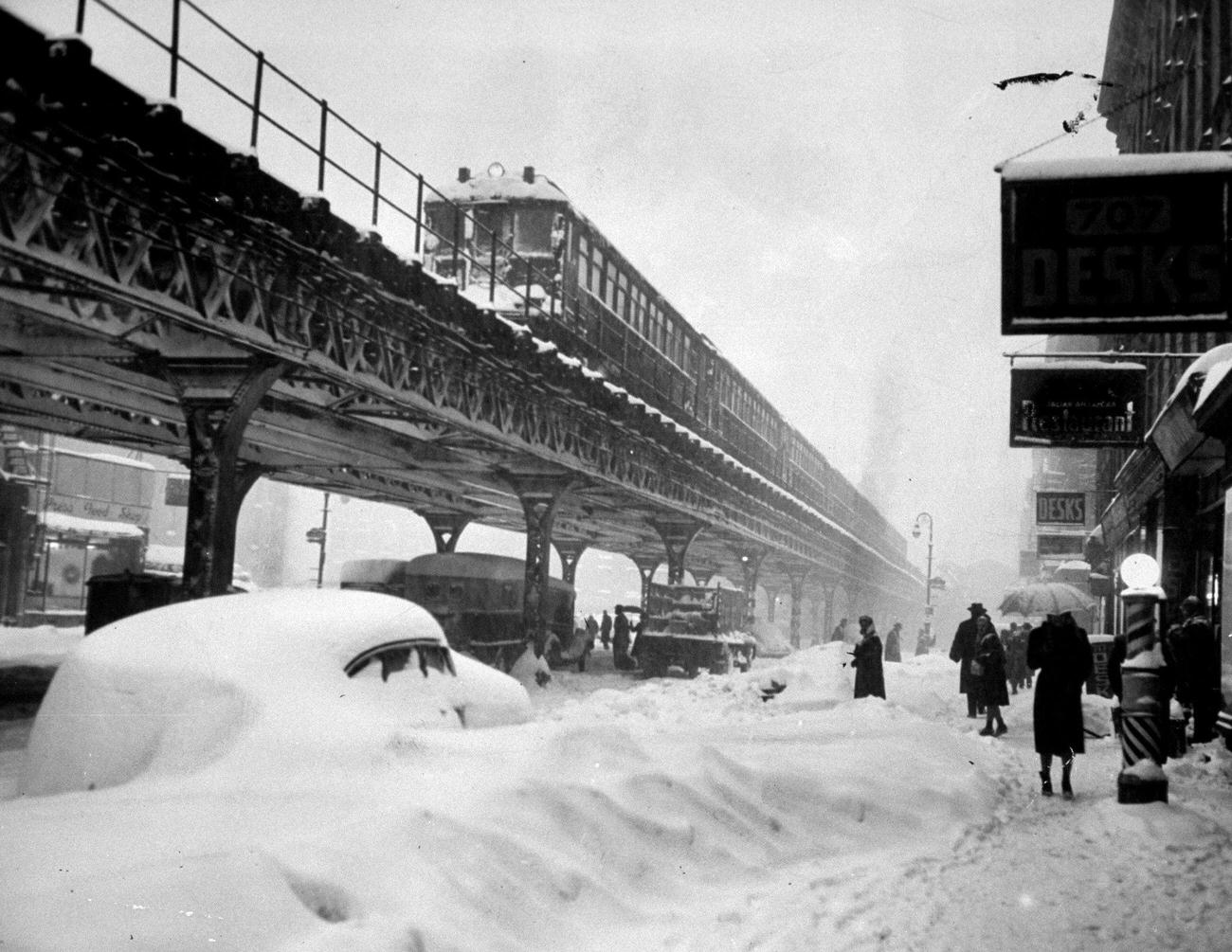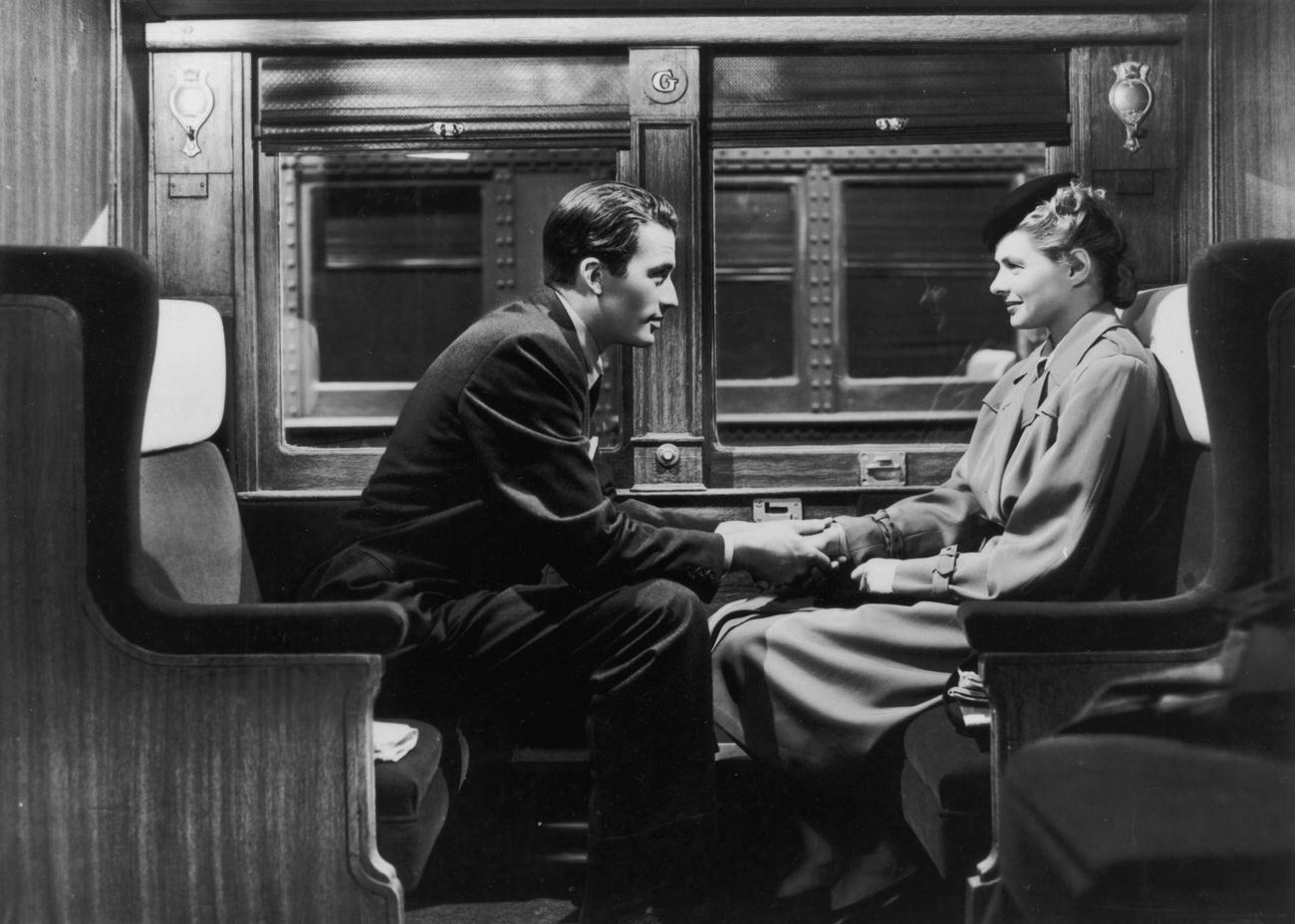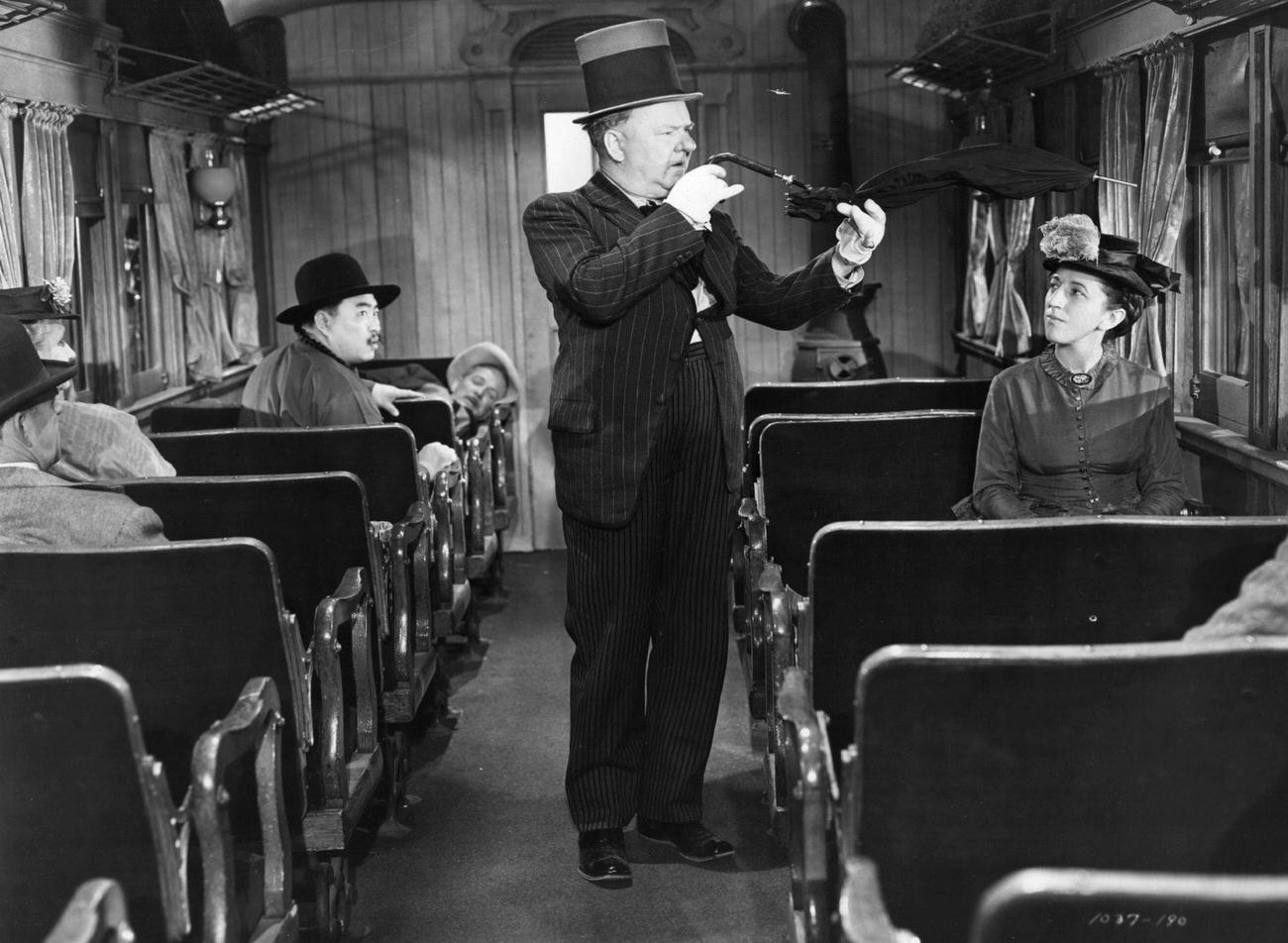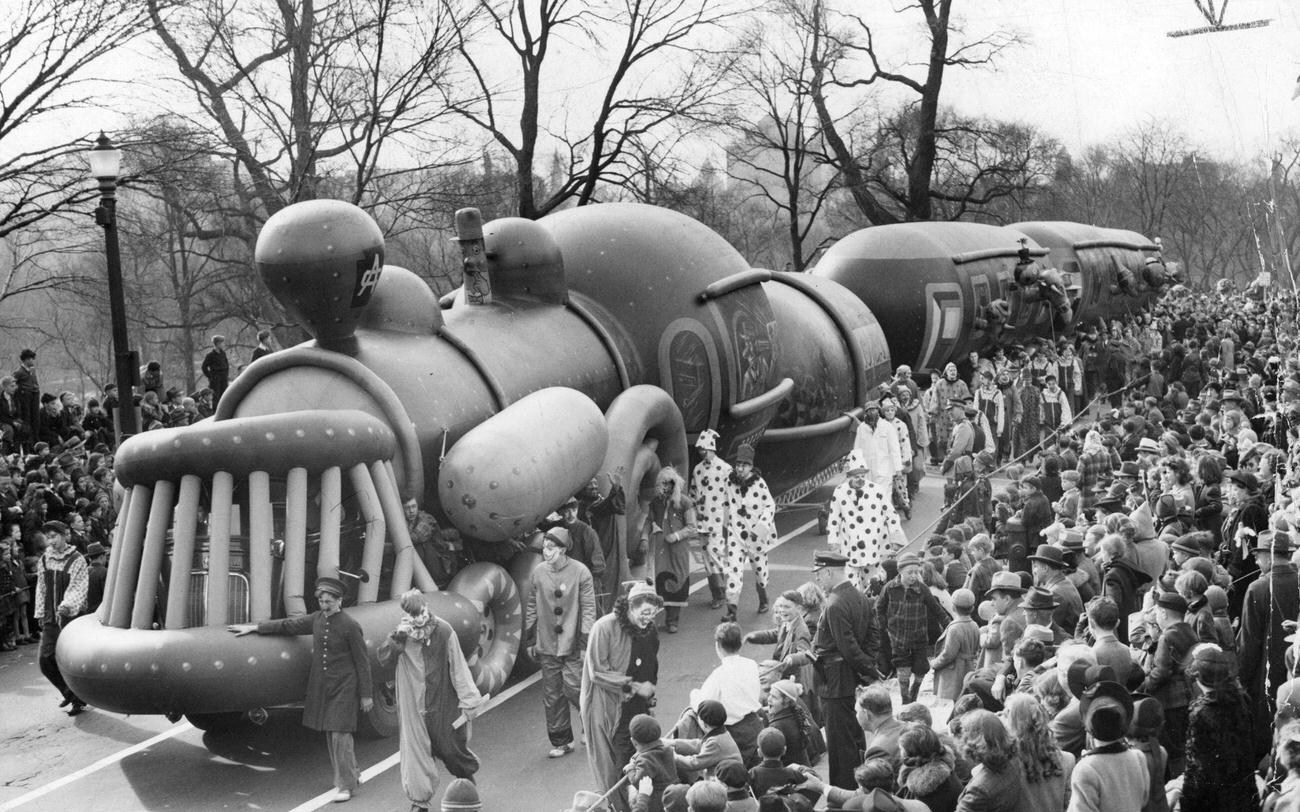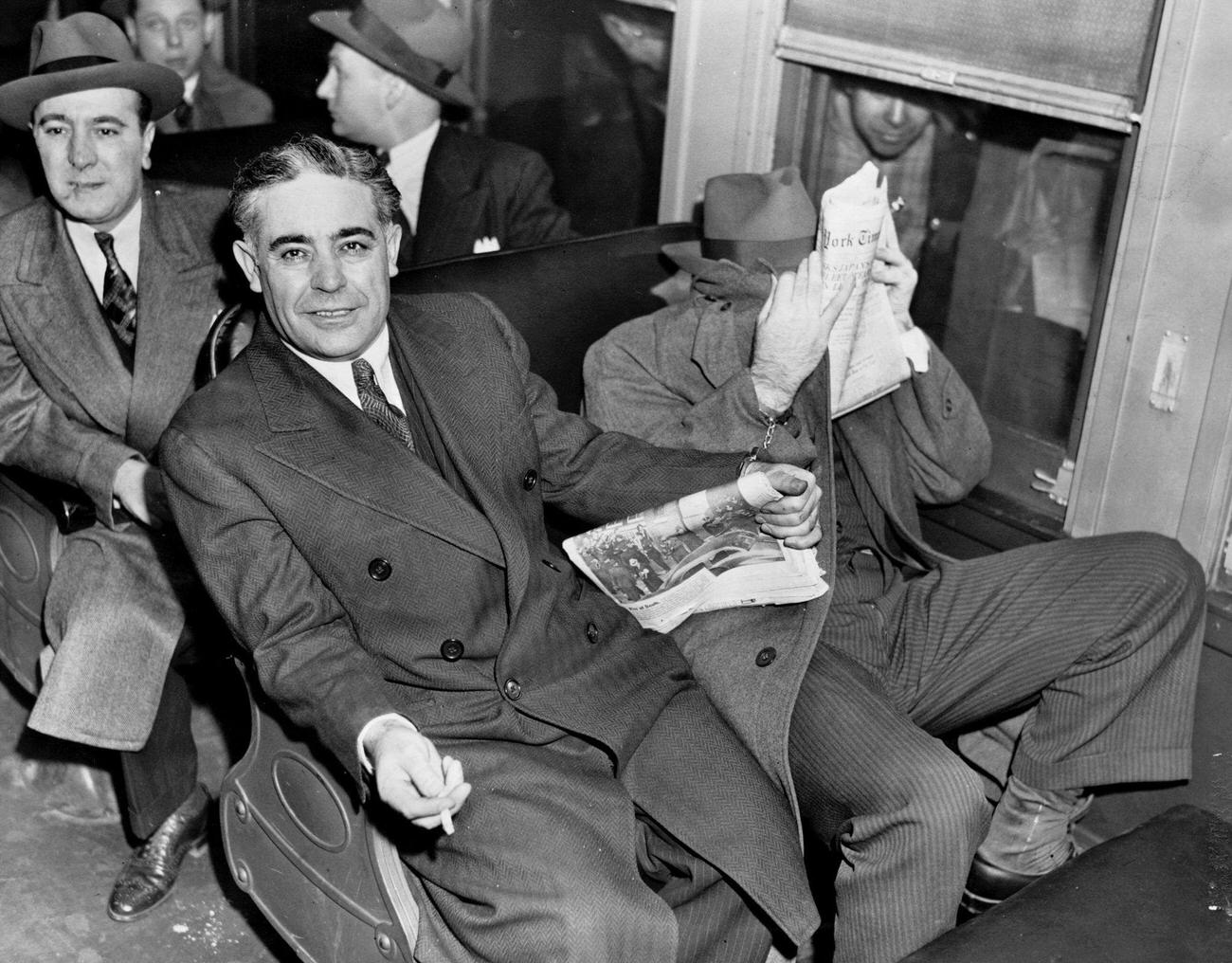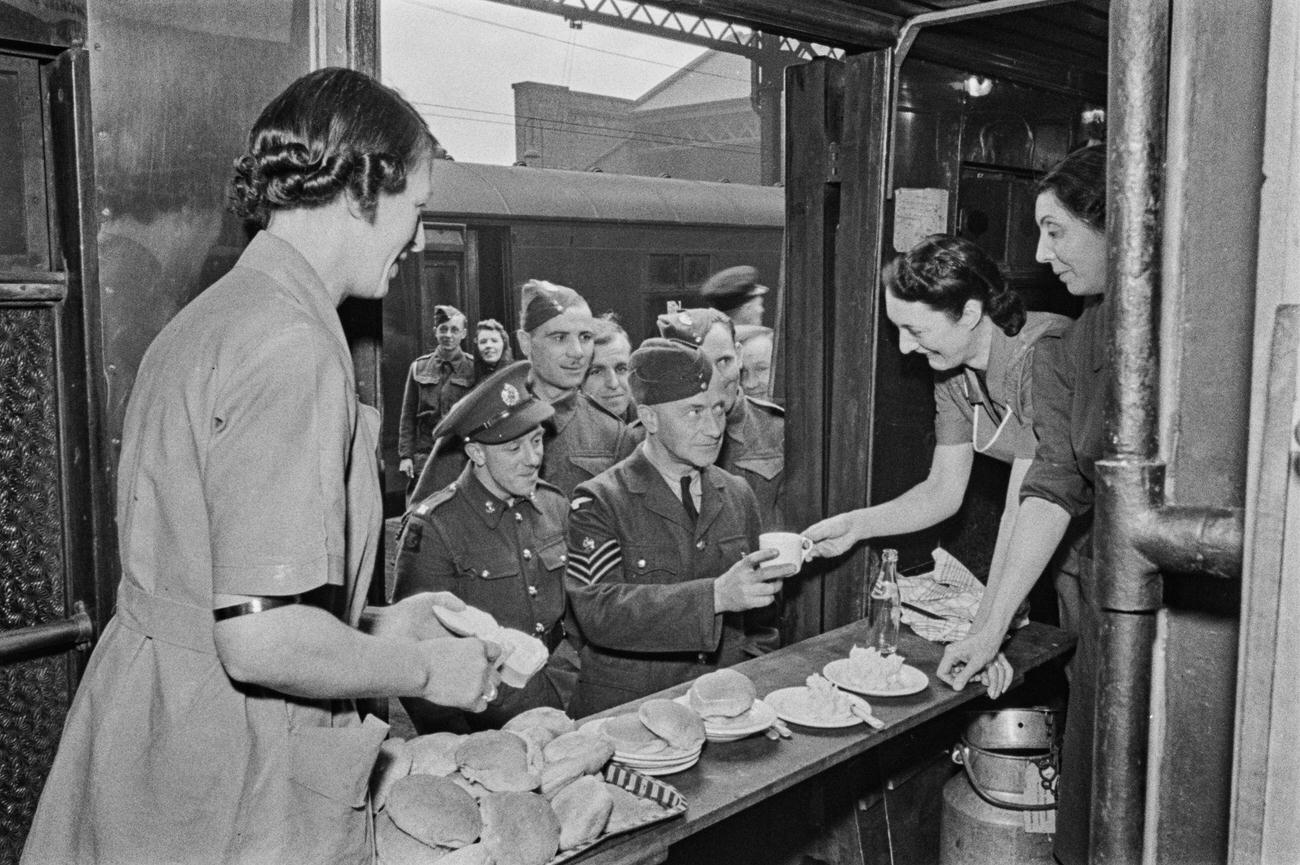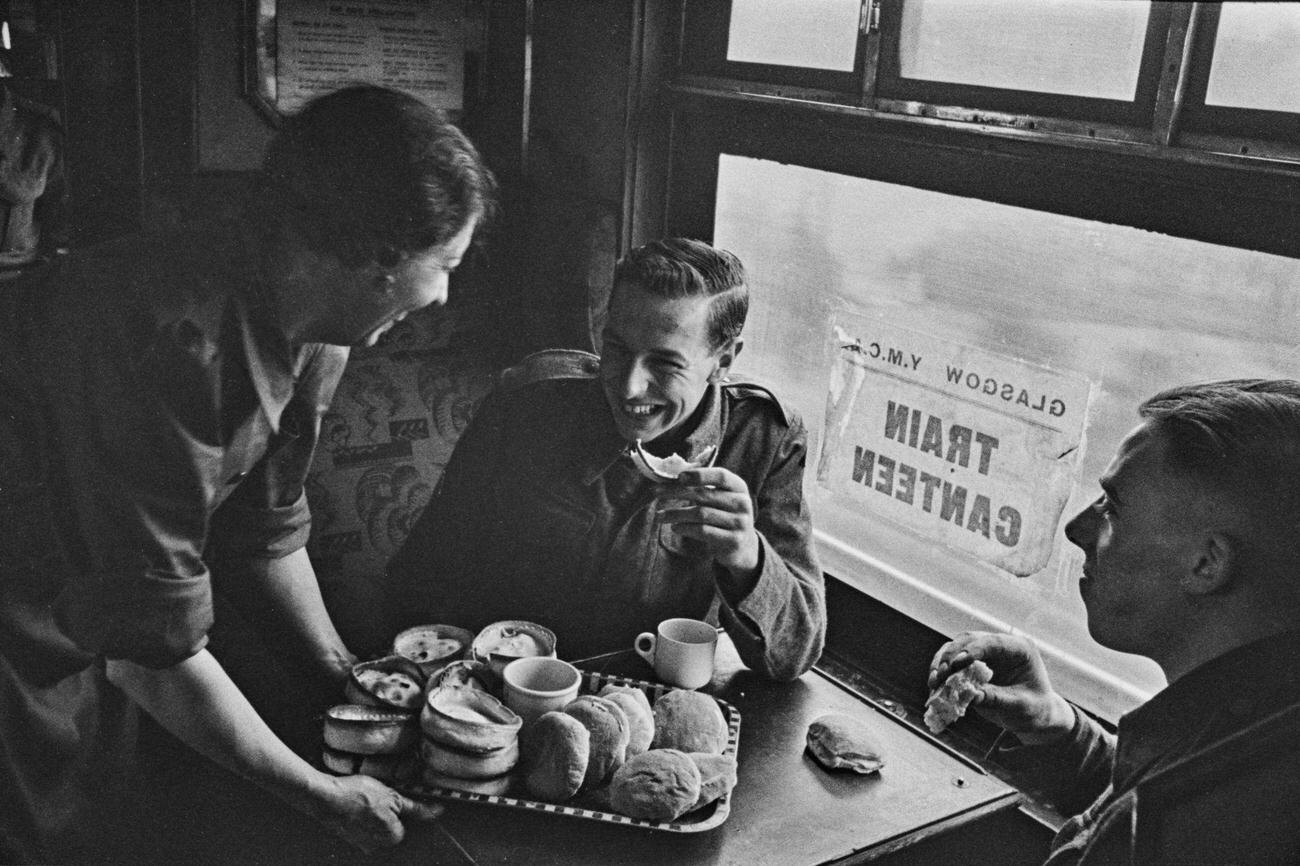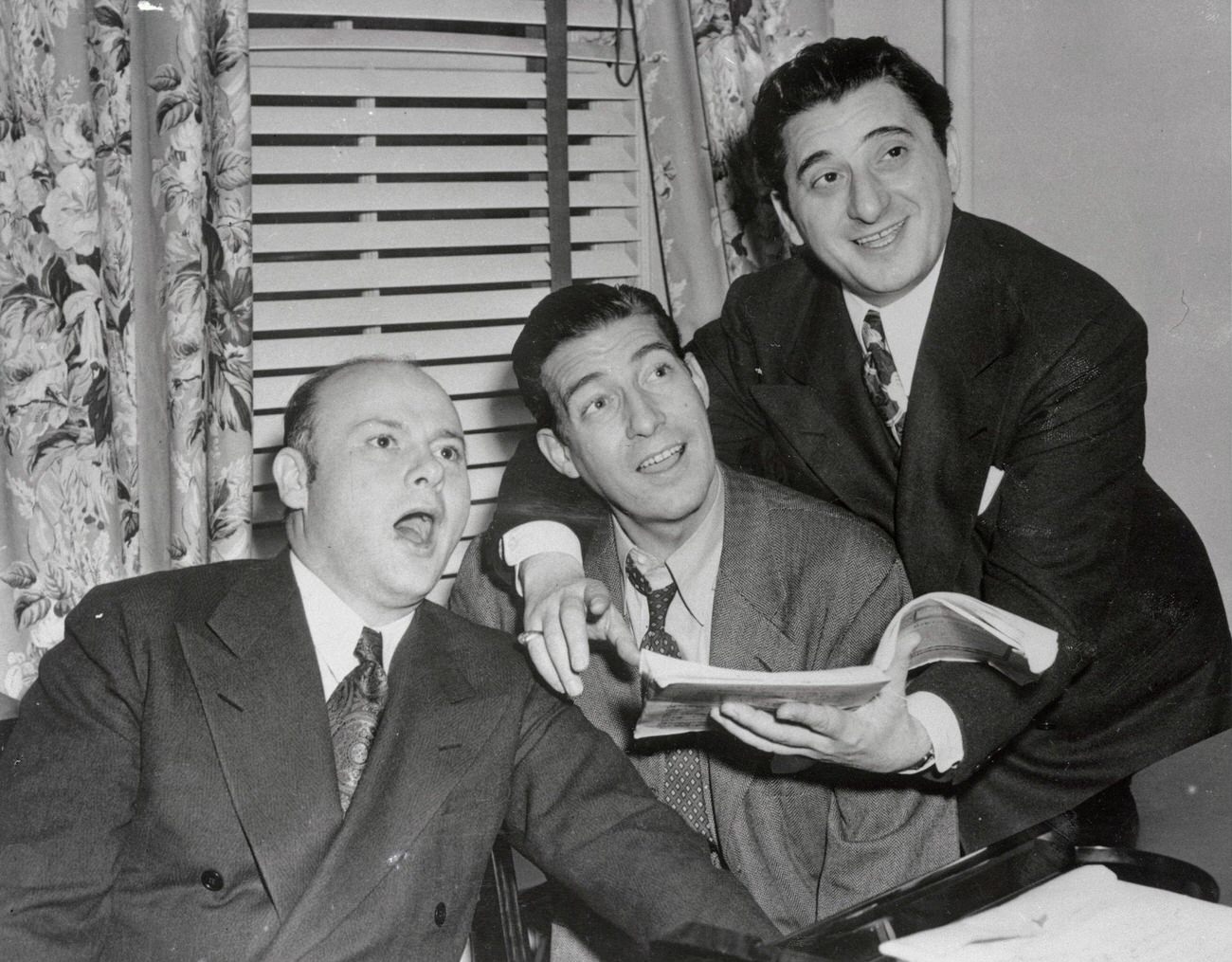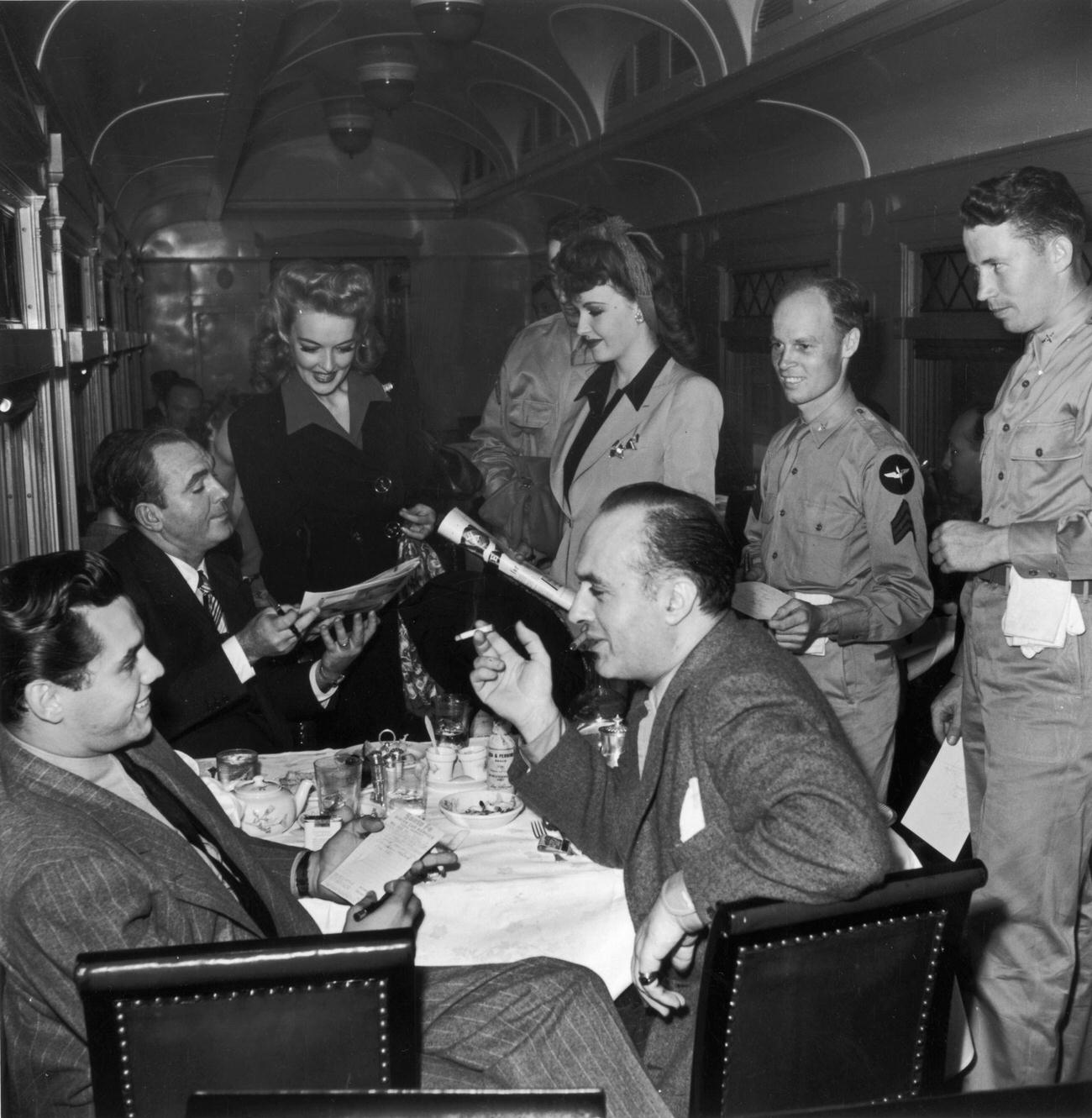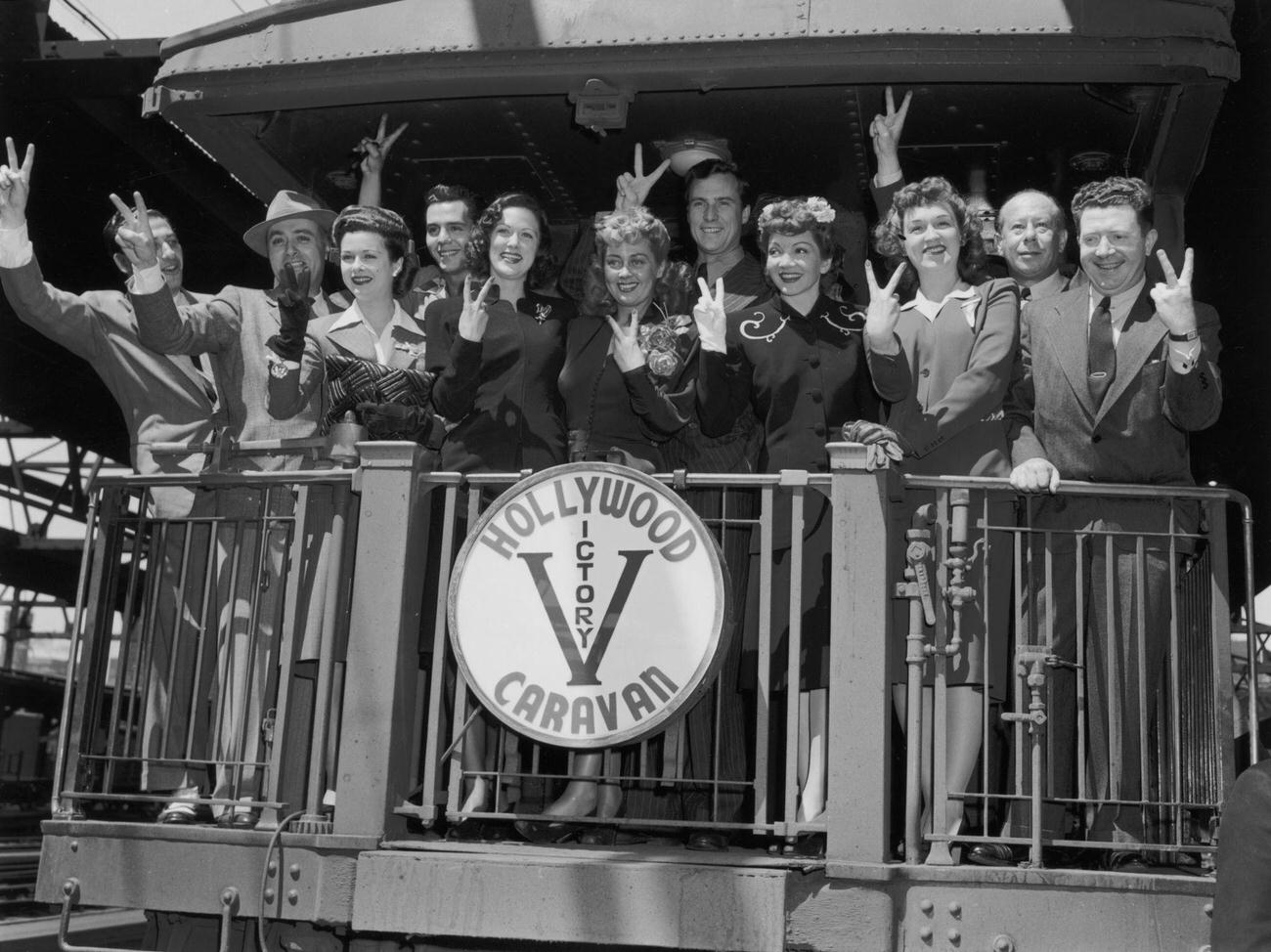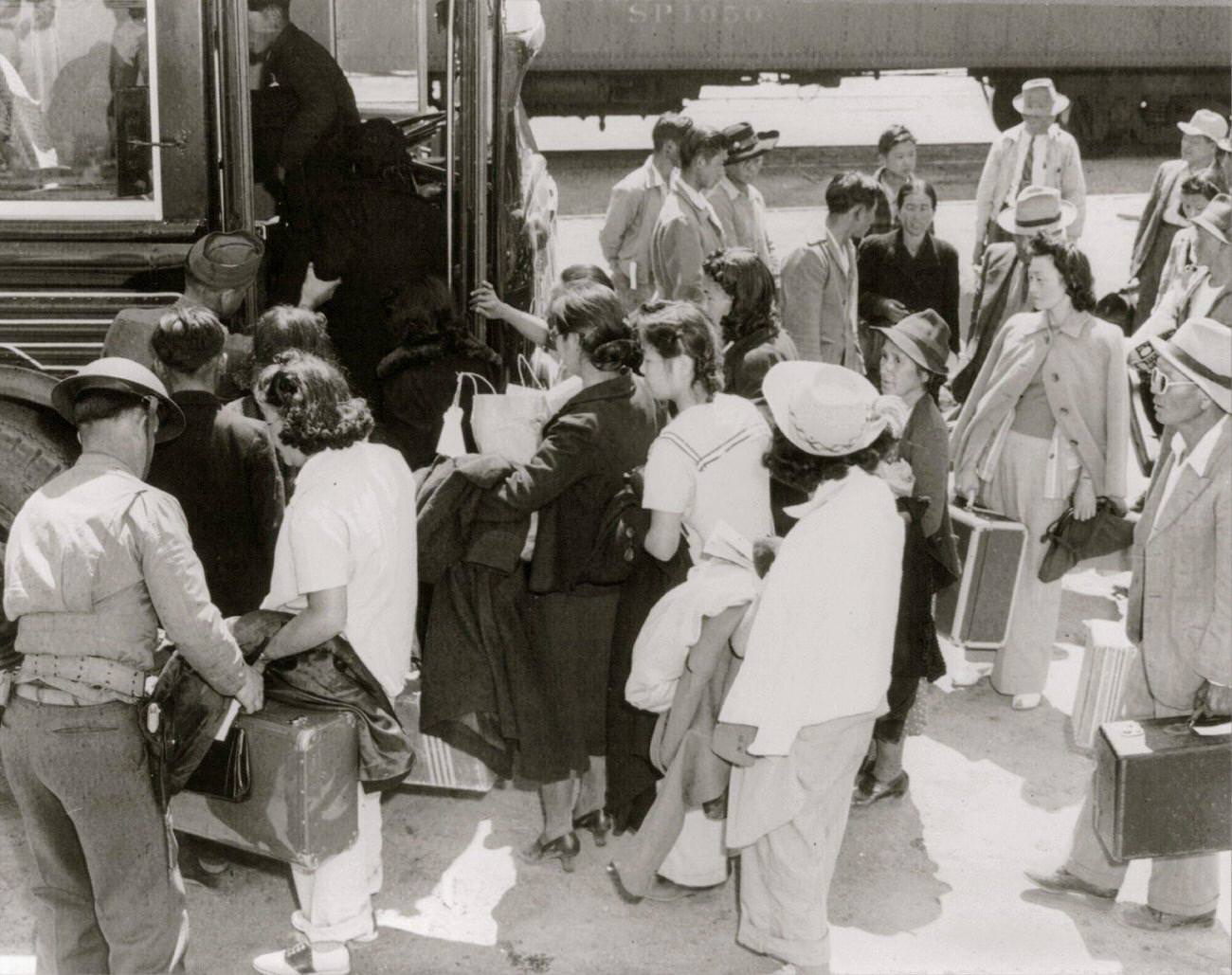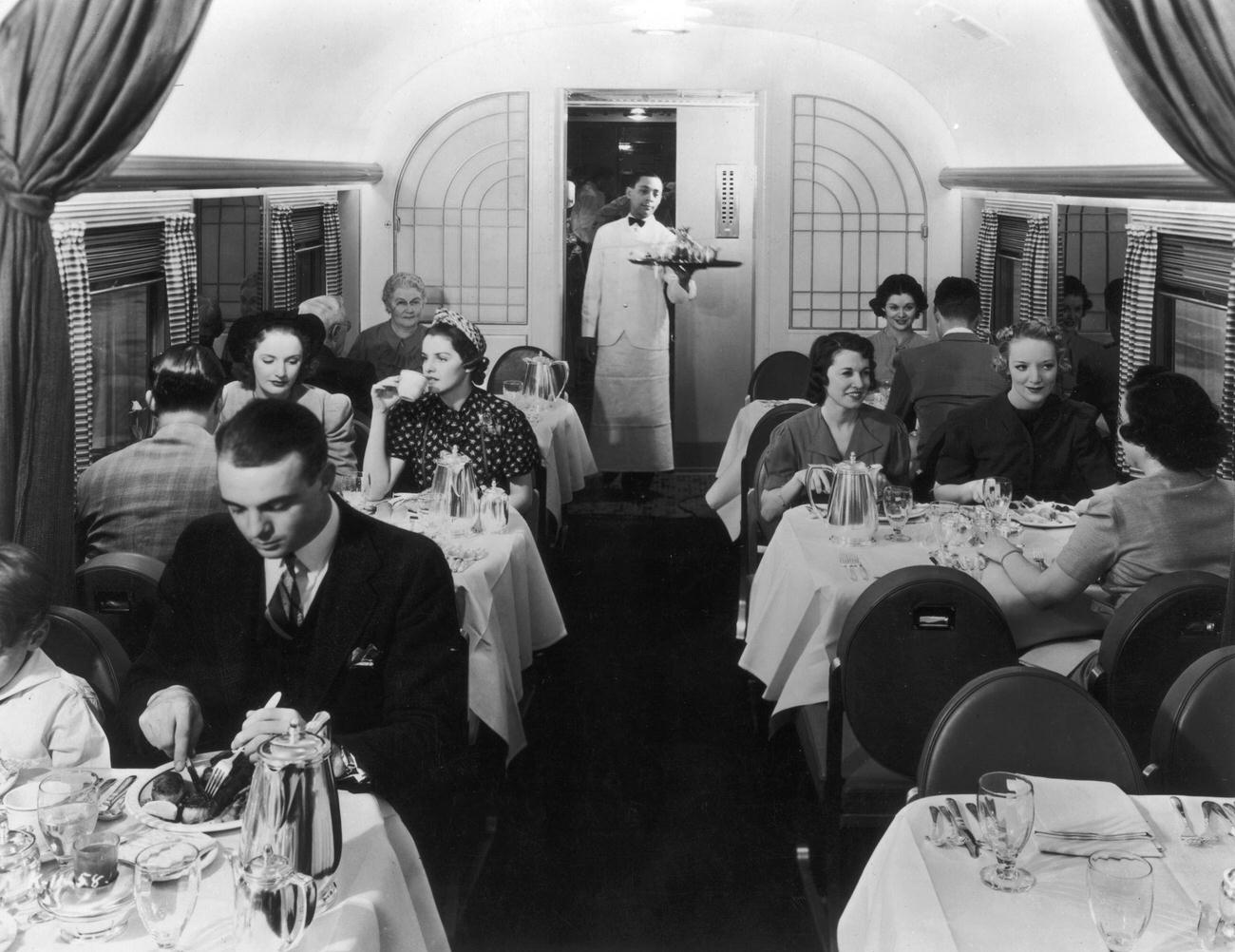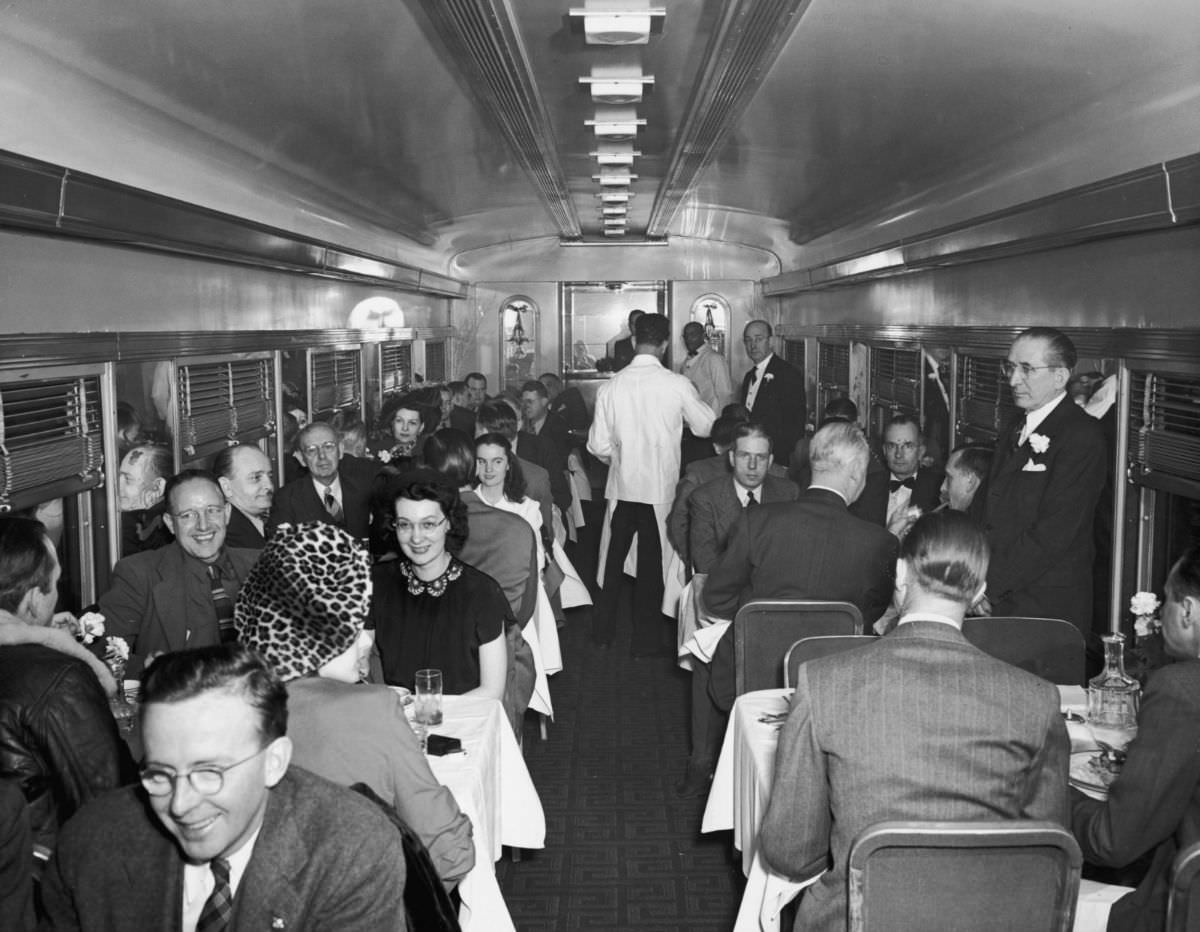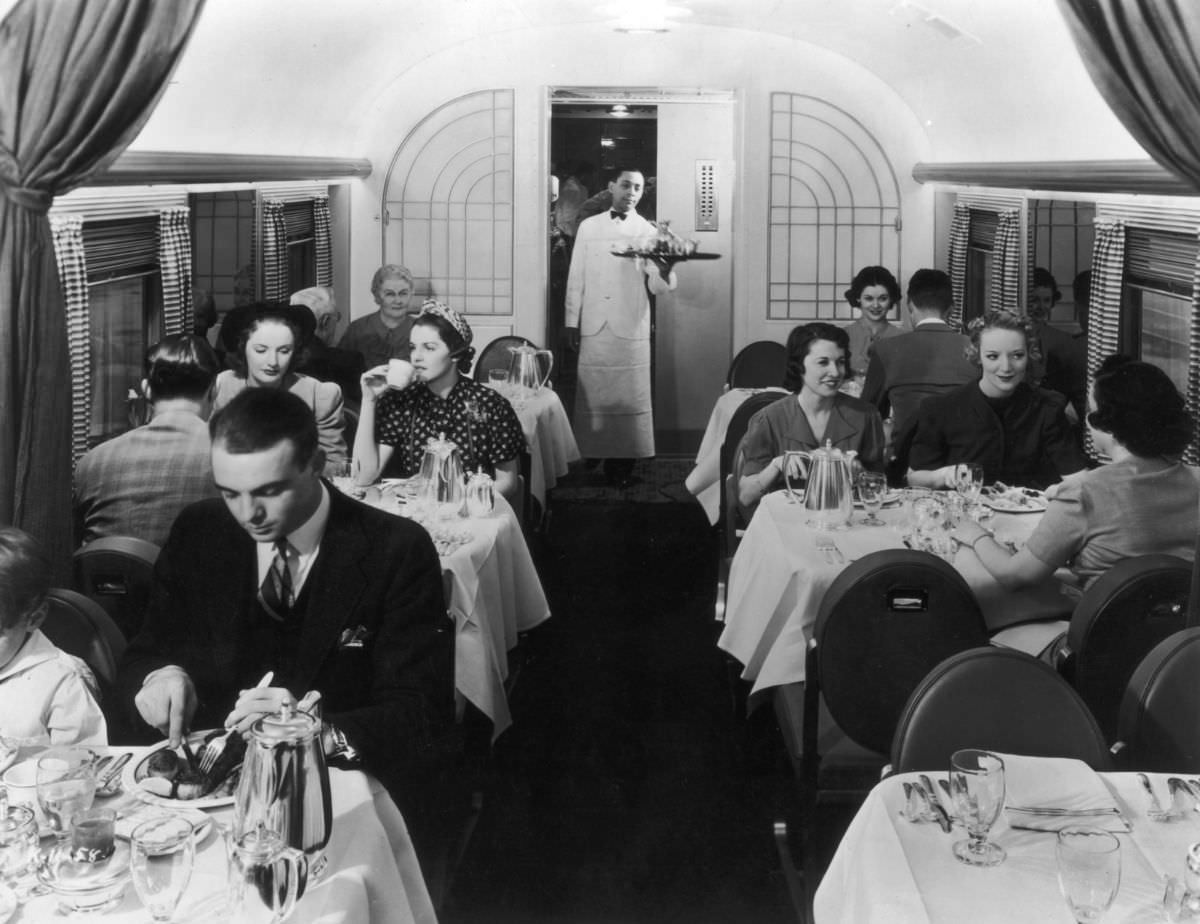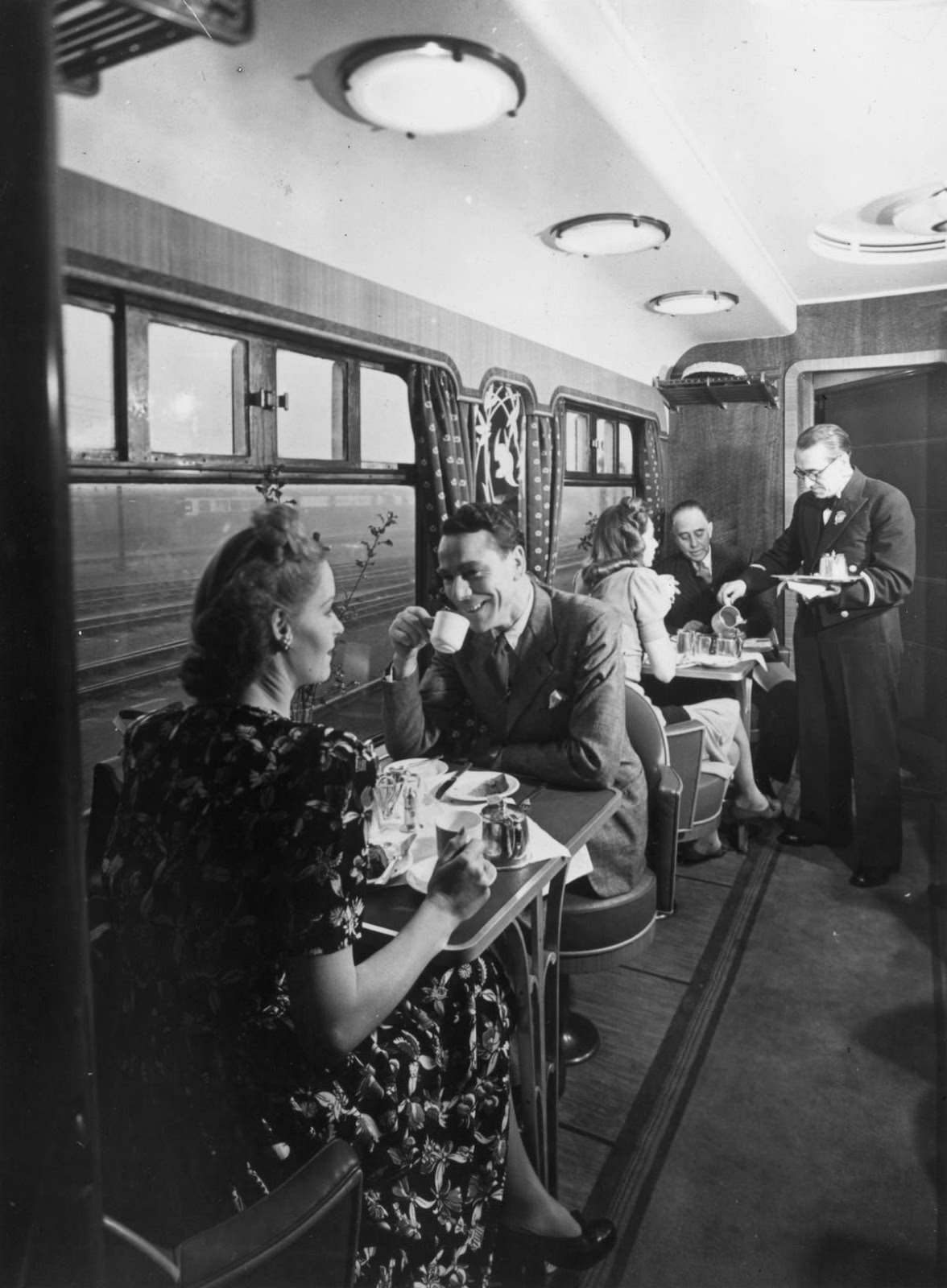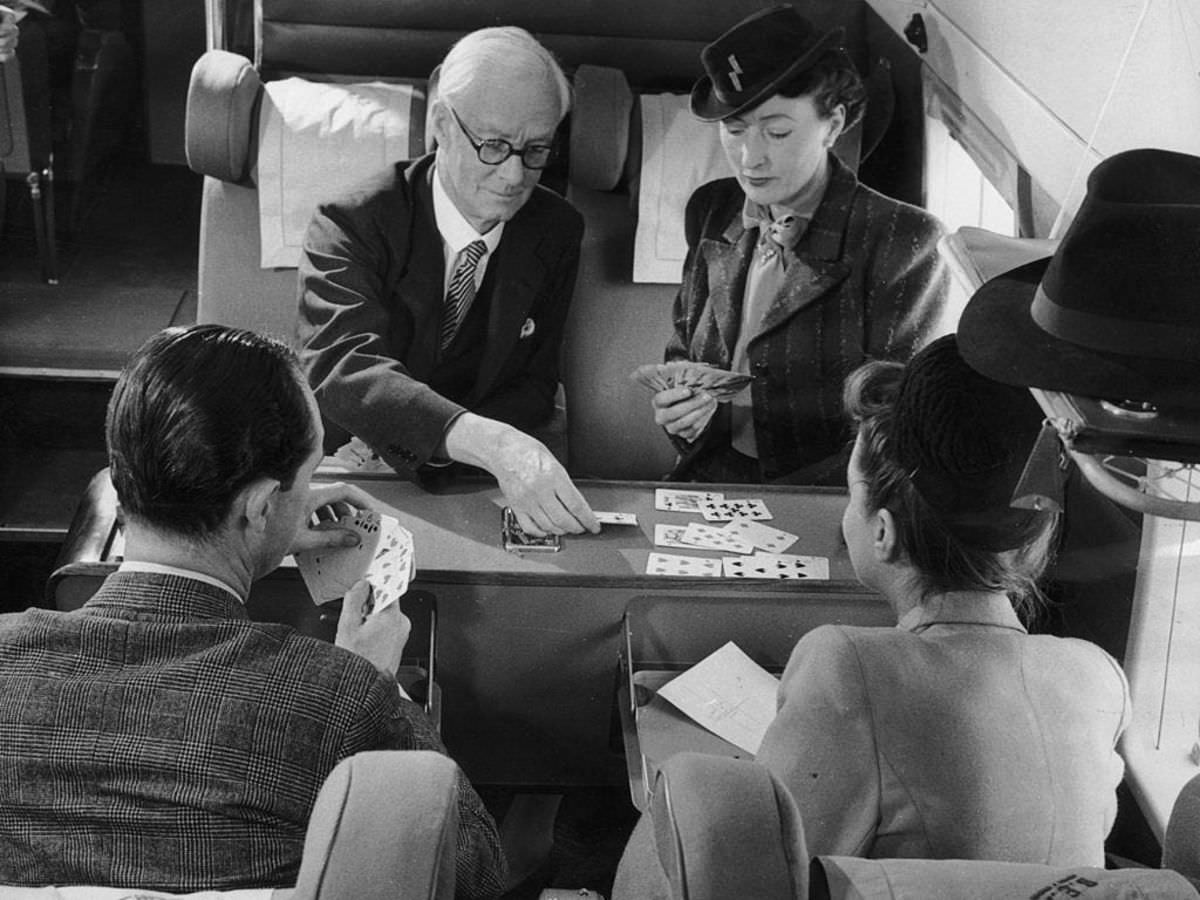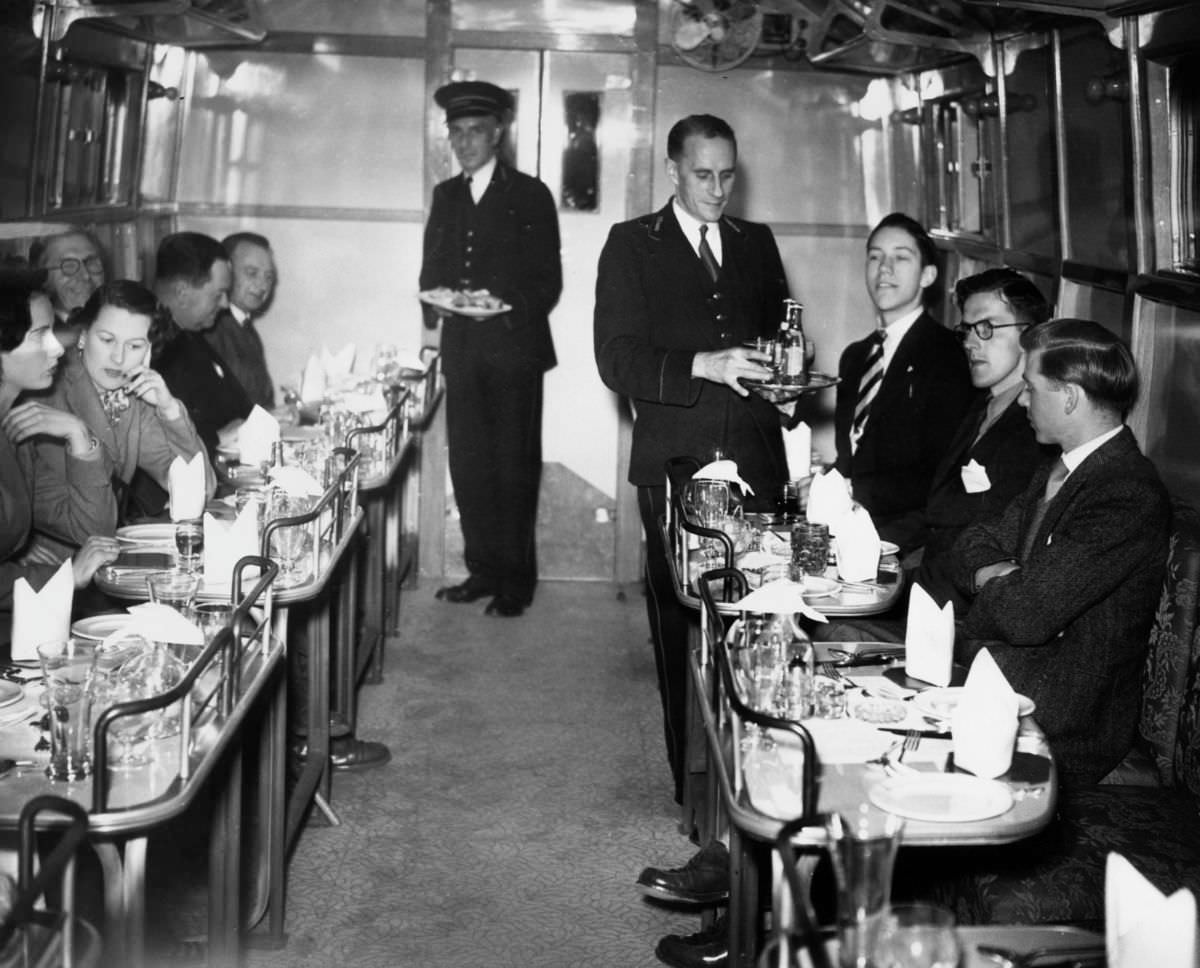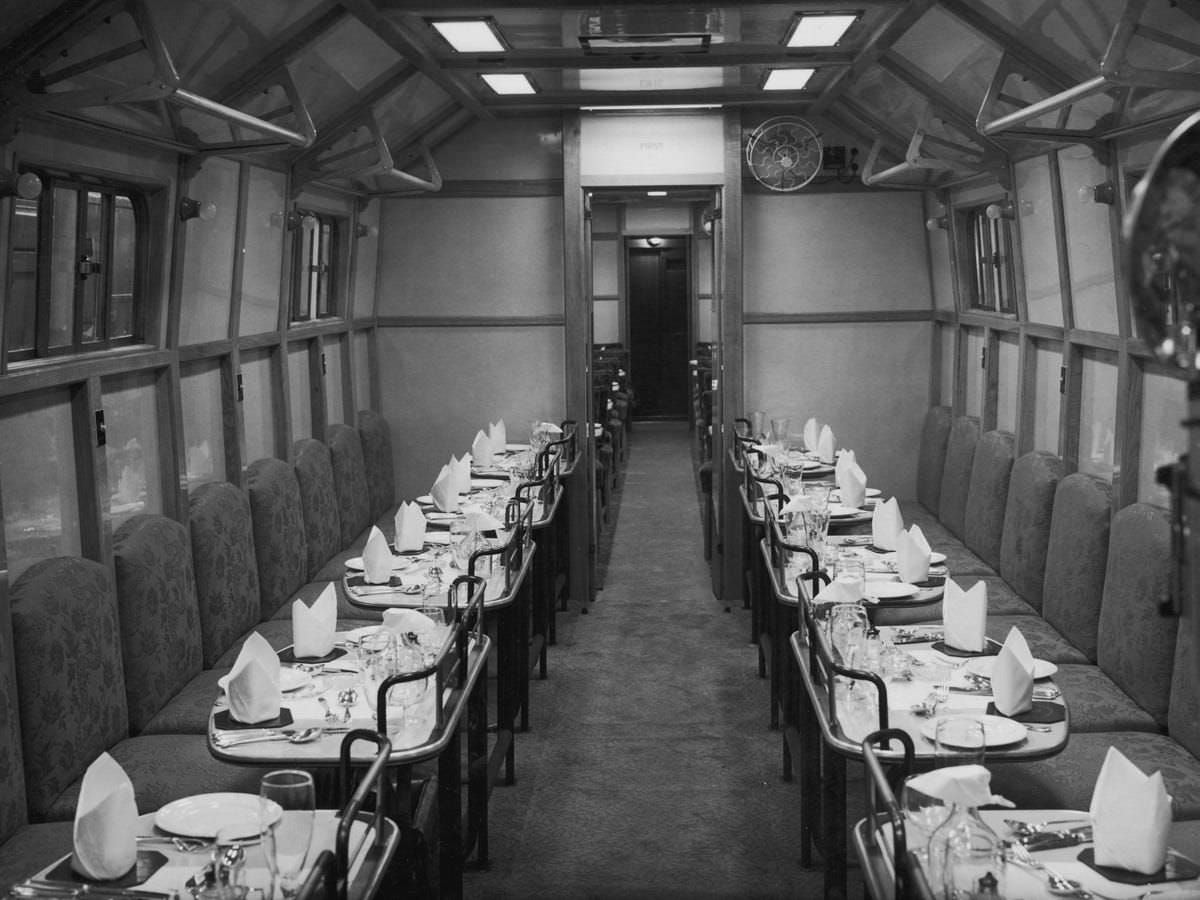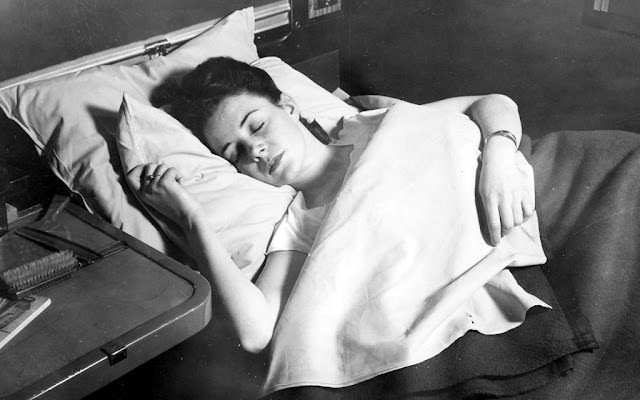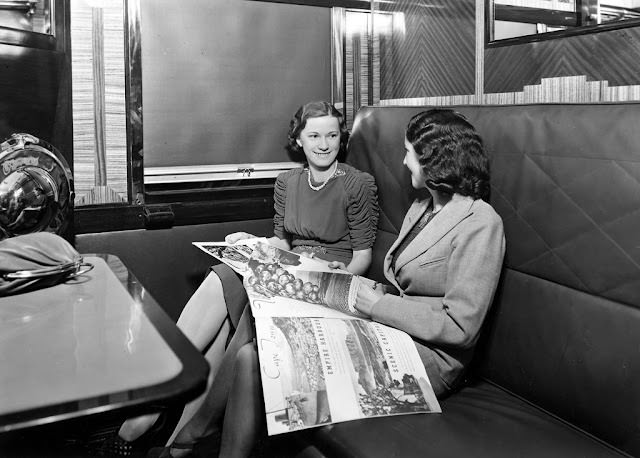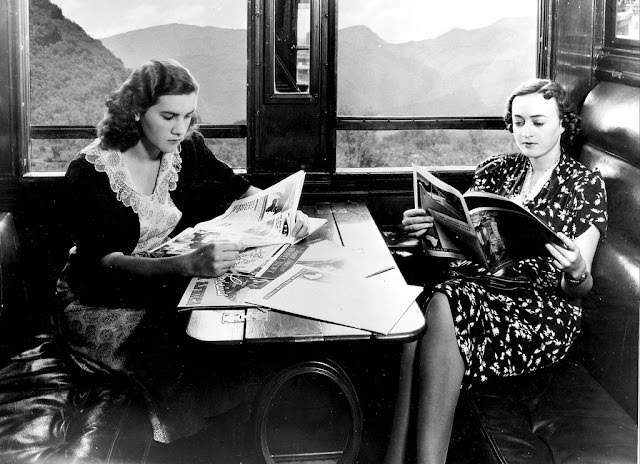During the 1940s, train travel was heavily impacted by World War II. The war effort required a significant number of resources, including steel, which was in short supply. This led to a decrease in the production of new trains and a focus on repairing and maintaining existing trains. Many passenger trains were also used to transport troops and military equipment.
Additionally, the government implemented policies to prioritize the movement of goods and troops over passenger travel. This led to a decrease in the number of passenger trains and a focus on cargo transportation. Many trains were also used to transport war materials, such as tanks and ammunition. Additionally, government policies prioritized the movement of goods and troops over passenger travel, which led to a decrease in the number of passenger trains and a focus on cargo transportation. After the war, the railroads faced new challenges as Americans began to embrace the automobile as their preferred mode of transportation.
Despite these challenges, train travel remained an important mode of transportation. The railroads were considered a critical component of the war effort, and the government invested in improving the infrastructure and increasing the efficiency of rail transportation.
After the war, the railroads faced new challenges as Americans began to embrace the automobile as their preferred mode of transportation. The government also invested in building a national highway system which further reduced the railroads’ share of the transportation market.



